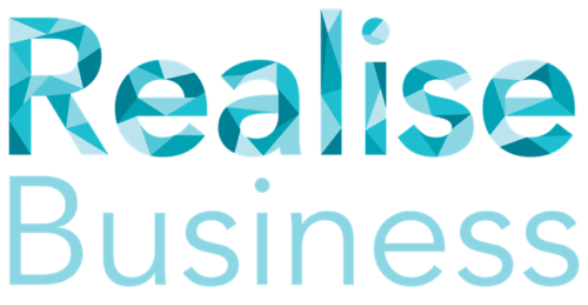
Segmenting your customers into groups is a great way to get the most out of your marketing spend. Building customer personas will help you discover and develop messages that speak to different customer groups, informing them and persuading them to purchase from your business.
Suppose you are a high street cafe in the Parramatta area, for example. In that location your key customer groups could include office workers, construction workers, sports fans, local residents or discrete multicultural communities like Chinese-speaking Australians. What type of products or services would appeal to these groups?
Another way to segment your target market would be to look at your customers’ cultural backgrounds and preferences, such as eating out and shopping patterns. Learn how you could market your services to appeal to those particular groups. For example, are there times of the day or the year when these customers are more likely to purchase from your business?
Segmenting your customers into groups will help you discover whether you are marketing to them in the correct way and through the right channels. Realise Business advisors can help you discover how and where you can gather information that will help you determine the characteristics of your market segments. You can then start to develop messaging that is relevant to each customer.
The goal of customer segmentation is to adjust your messaging to appeal to different segments. It can also incorporate adjustments to pricing, service and product, as the following examples show.
Price
Once you have settled on your customer segments or personas, you could build menus or offers based on the price the customers are likely to pay. For example, Parramatta office workers may have smaller budgets for lunch when compared to a family of four. Rather than generic marketing to all customers, you could focus advertising on a ‘set price lunch special for office workers’, to attract that group to purchase from your business.
Knowing your business costings will help you set a price that works for your business and appeals to your customers – and keeps them coming back.
Service
The range of services you offer can and should be greatly influenced by your market segments. For instance, if you have a large number of young affluent people visiting regularly, they will want a different type of service to the smaller number of retirees who pop in occasionally. Understanding when those two segments are likely to make an appearance is key to tuning your service to suit. If you run a restaurant or café, considerations might include the time you will open, whether you have different sittings, or the configuration of seating.
Product
There are many benefits to developing different menus for your market segments. If we go back to the restaurant price example, those office workers are probably going to want something fast but satisfying, compared to a family of four who will be far more interested in multiple courses and hearty stomach-fillers.
Once you segment your customers into different groups or personas there are many different strategies that you can try.
Great customer service is all about making people feel valued and special, and your customers will appreciate your efforts in developing products, services and pricing that appeals to them.



